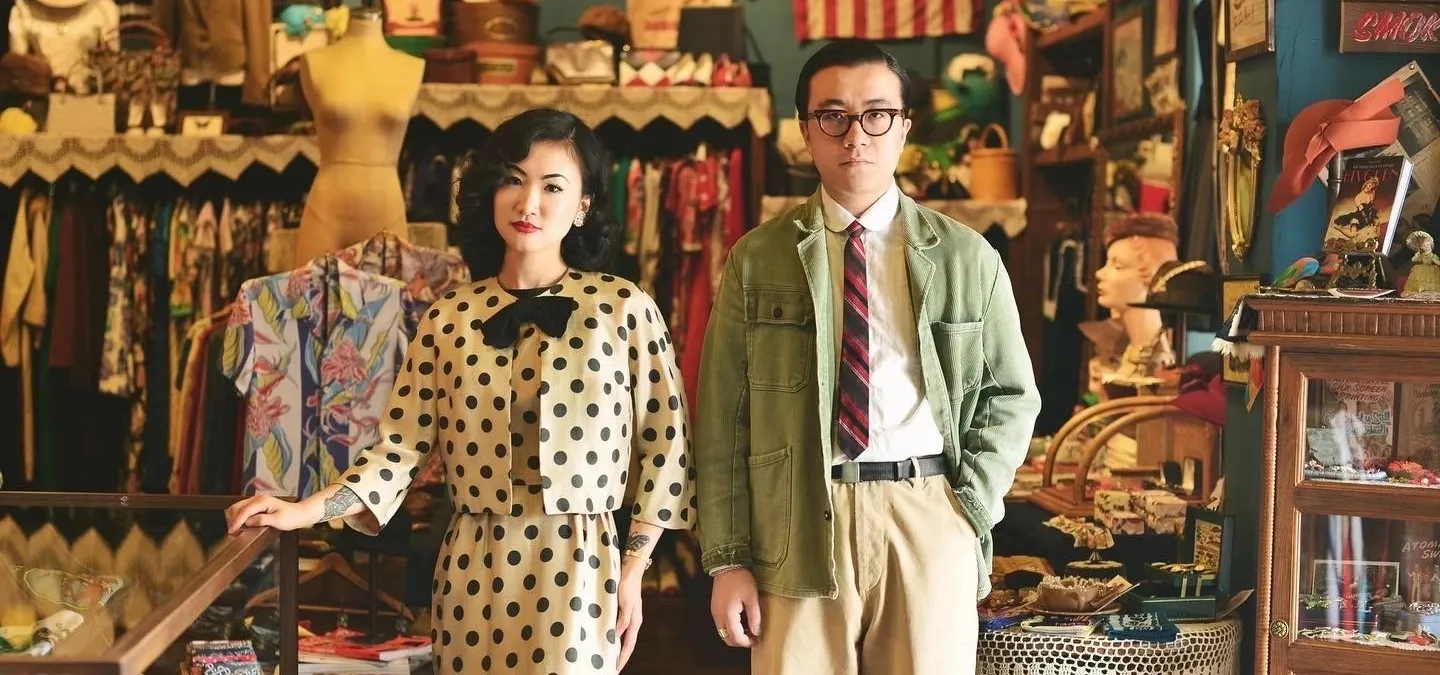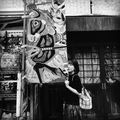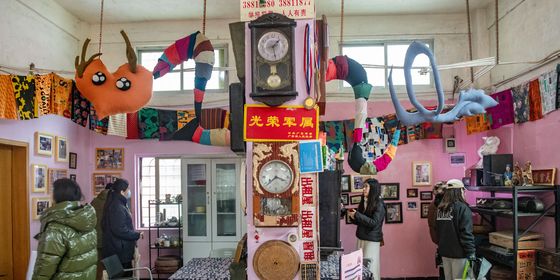From swing dance to 1920s fashion, cultures from a bygone era are making a comeback in China—not just in the big cities
On a Saturday night in an industrial city in central China, a group of 30 youngsters in a bar are doing their best to recreate The Great Gatsby. Leather shoes tap and fringed flapper dresses sway in time to the rhythm of 1920s American jazz music while Lü Dongyuan, the event’s organizer, sweeps hesitant newcomers onto the dance floor.
Lü founded Swing Zhengzhou, the first and only swing dance community in his hometown, the capital of Henan province, in June 2021. He moved back home due to the Covid-19 pandemic after five years of living in Beijing, where he first experienced swing culture, and hoped to start an organization that allowed him to keep dancing. A test swing lesson Lü organized in 2020, advertised only on his personal WeChat account and by the bar that hosted the event, drew 13 people, though only two of them are still coming to the dance socials today. “When young people in Zhengzhou get bored, they go for foot massages; dancing isn’t as fun as eating out,” he quips.
Molly Sun is another resident of one of China’s smaller cities who is trying to pursue a niche interest with roots in the past. She owns a brick-and-mortar shop, Molly’s Vintage, that sells vintage items from the 1920s to ’80s in Qingdao, a city in eastern Shandong province famous for its beer festival and sea views. Born and raised in Qingdao, Sun started her entrepreneurial journey by selling at markets in larger cities like Chengdu and Tianjin, and on online platforms like WeChat and Xiaohongshu, where a lot of her items are still being sold today to buyers in China’s “first-tier” cities. “Qingdao locals only make up about 20 percent of my customers,” she estimates. “It might be challenging for ordinary workers to adopt these fashions.”
Create a free account to keep reading up to 10 free articles each month
Hometown Vintage: How Retro Trends are Growing Outside China’s Biggest Cities is a story from our issue, “Small Town Saga.” To read the entire issue, become a subscriber and receive the full magazine.












